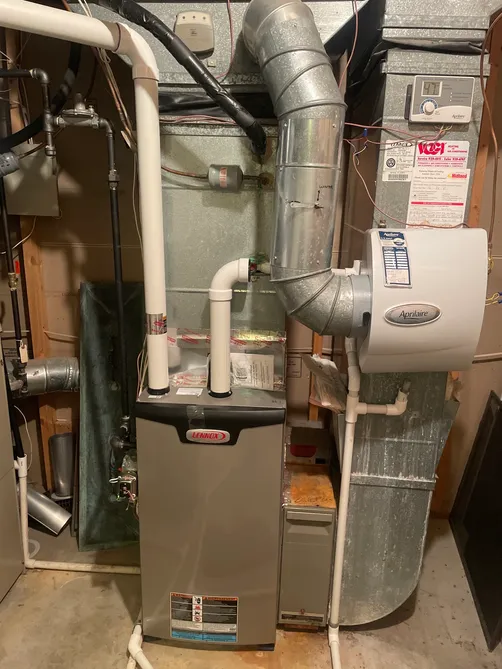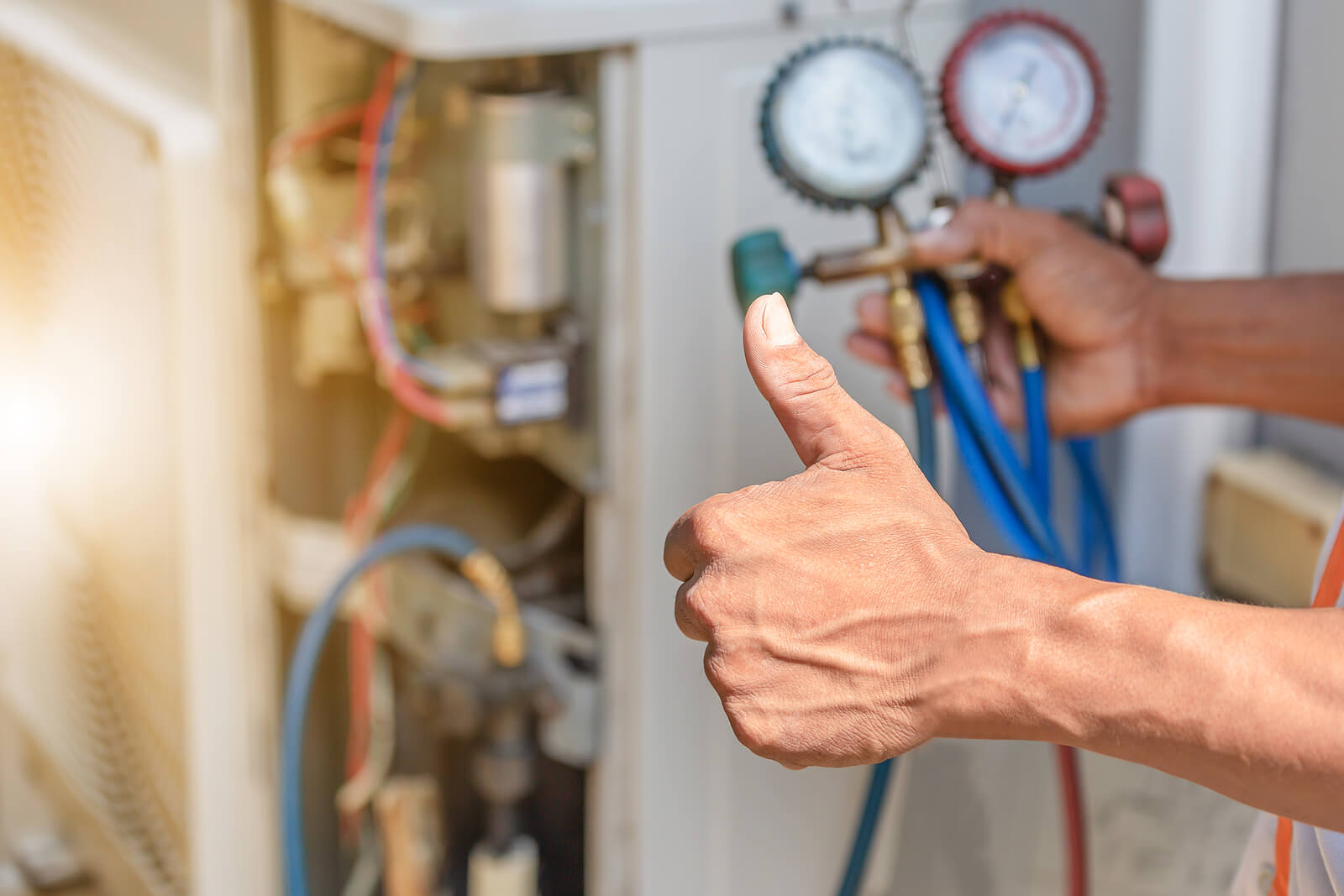Top HVAC Portland contractors ready to maintain your system
The Ultimate Guide to Heating System Setup for a Cozy Home
Heating system installation is a critical facet of preserving a comfortable home setting, specifically throughout the chillier months. As you consider these factors, the concern remains: what actions can you take to ensure your heater offers you well for years to come?
Kinds Of Furnaces

Gas furnaces are the most usual choice due to their effectiveness and reduced functional prices. They make use of natural gas or propane, providing quick home heating and regular efficiency, making them perfect for chillier climates.
Electric heating systems, while normally less complicated to mount and maintain, have a tendency to have higher operational prices. They are commonly preferred in areas where gas solution is unavailable or for homes with existing electrical framework.
Oil heating systems, though less usual today, stay a practical option in specific areas. They burn heating oil, which can be useful during colder months, yet their dependence on oil distribution postures prospective challenges.
Additionally, there are high-efficiency models offered across these types, which can dramatically reduce energy intake and utility costs - furnace installation. Ultimately, understanding these heating system types will certainly help house owners select a system that aligns with their home heating needs, spending plan, and energy choices
Selecting the Right Size
Choosing the suitable size for a heater is essential to ensuring optimum efficiency and power effectiveness. An undersized heating system will battle to keep comfy temperature levels throughout the chilly months, resulting in increased wear and tear, greater energy expenses, and potential system failure. Alternatively, an oversized furnace might cycle on and off as well often, leading to inefficient home heating and uneven temperature level circulation within the home.
To identify the proper heater dimension, an estimation called the Guidebook J load calculation need to be carried out. This process evaluates various variables, including the square video footage of the home, insulation levels, home window dimensions, and local environment problems. This comprehensive analysis makes sure that the furnace satisfies the specific home heating demands of the area.

Setup Process Overview
In regards to materials, you will certainly require ductwork, insulation, and securing tape to guarantee optimum air flow and energy effectiveness - furnace installation. It is also important to have a new heating system filter on hand, along with venting products, such as PVC pipe or steel flue, depending upon the kind of heating system being mounted
Safety and security devices, consisting of handwear covers, goggles, and a face mask, is likewise vital to protect versus dust and particles during installation. Having all these devices and products easily offered not only simplifies the process but likewise improves the safety and performance of the heating system installment.
Maintenance Tips for Long Life
To make sure the durability of your heater, it is important to implement a normal maintenance schedule that attends to key parts of the system. Begin by changing or cleaning up the air filter every one to three months, as a blocked filter can restrict airflow and lower efficiency. Furthermore, evaluate and clean the blower setting up to stop dirt accumulation that can prevent efficiency.
Next, examine the thermostat settings and alter if essential to ensure precise temperature regulation. Examine the ductwork for leaks or blockages, as this can bring about energy this post loss and irregular home heating. On a regular basis lubricate the electric motor and bearings according to the supplier's recommendations to lessen deterioration.
Expert inspections must happen annually, where a qualified professional can evaluate the heater's total problem, check for gas leaks, and make certain that safety and security features are operating appropriately. Finally, take into consideration mounting a programmable thermostat to optimize power use and keep constant home temperature levels. By taking on these upkeep techniques, you can improve your heating system's performance, expand its lifespan, and inevitably enjoy a comfy and comfy home environment.
Conclusion
